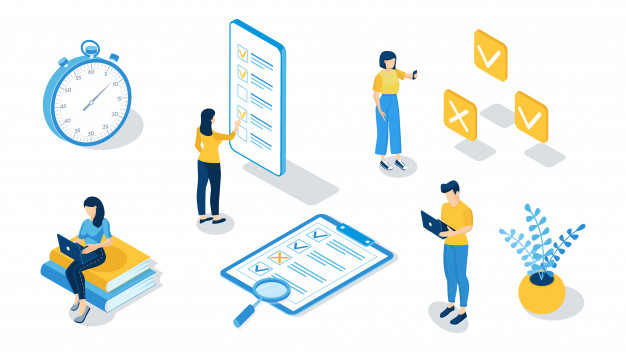The importance of training
Prior to the pandemic, many companies overlooked the importance of sales training based on a perception of slow return compared to other investments. However, in contrast to these assumptions, sales training can be one of the most fruitful investments in a company, enabling greater attainment of quotas and higher customer renewal rates. So how should you go about training your sales team?


How to design a sales training program
1. Assess your team’s needs
The first step to a successful sales training program is an assessment of the team’s needs. For this, sales managers must have a clear idea of what the sales targets are and what skills, knowledge, and abilities are necessary to achieve them.
You can ask yourself the following questions:
- Are your sales reps aware of how to qualify leads now that their customer base has changed and they are no longer selling their product/service in person?
- Are they up to date with new product knowledge?
- Are they comfortable navigating different digital tools and having online client meetings?
- Have they readjusted their sales messaging or are they using the same cold templates as before the pandemic?
All these questions can help you pinpoint what might be the root cause of the team’s underperformance. KONA suggests using the “5 Whys” Model to identify the underlying cause of a performance issue.

2. Translate your team’s needs into learning goals
Once you have identified your team’s areas for improvement, translate them into learning goals. This will allow you to nurture the specific skills that your team needs. For example, if an overarching theme is that sales reps are struggling to create a connection with prospects during online meetings, the learning goals could be “digital literacy”, “communication” and “social selling”. This method allows your training to be underpinned by a pedagogical element. Though this may sound intimidating if you don’t have a background in education, it doesn’t have to be. This leads us to the final point…


3. Choose the right learning solution
Choosing the right learning solution is key to the successful implementation of a sales training plan. The right Learning Experience Platform (LXP) can help you save time, enhance collaboration among employees and serve as a resource library that your sales reps can refer to whenever they need to.
When choosing an LXP, choose one that allows you to:
- Deliver individualized and self-paced training to your entire team
- Identify learning objectives automatically
- Create effective courses in minutes
- Enhance collaboration and social interaction within your team
In conclusion, investing in your team’s sales training can only reap benefits. It will enhance your representative’s adaptability, resilience, and competitive advantage. If the current crisis has taught us anything, it’s that we don’t want to be caught off guard ever again.

Join us in making sales training a simple, effective, and efficient process.
Book a demo with us today.



